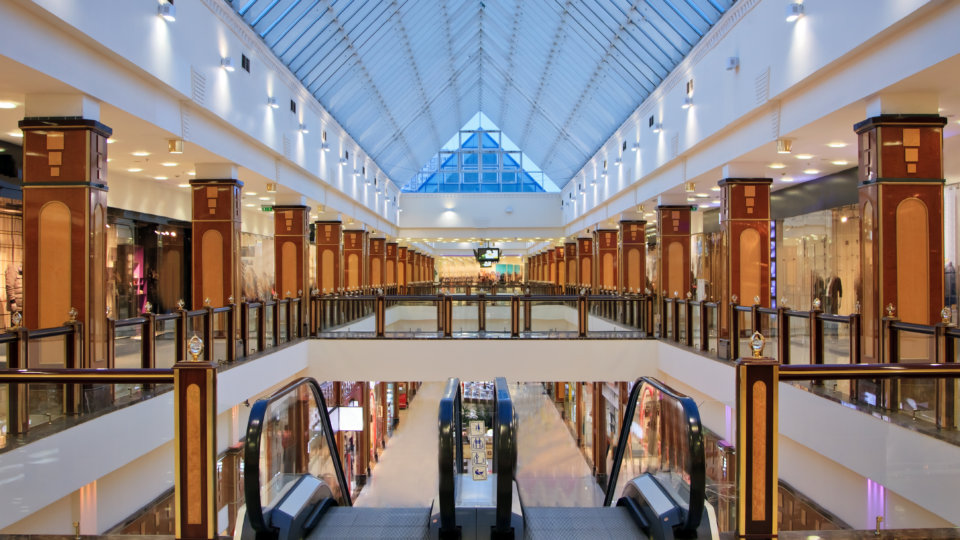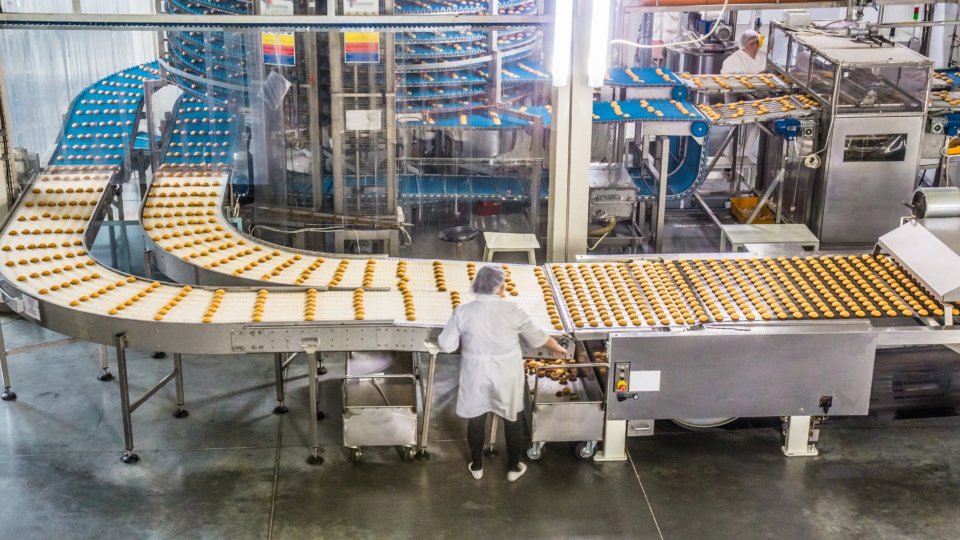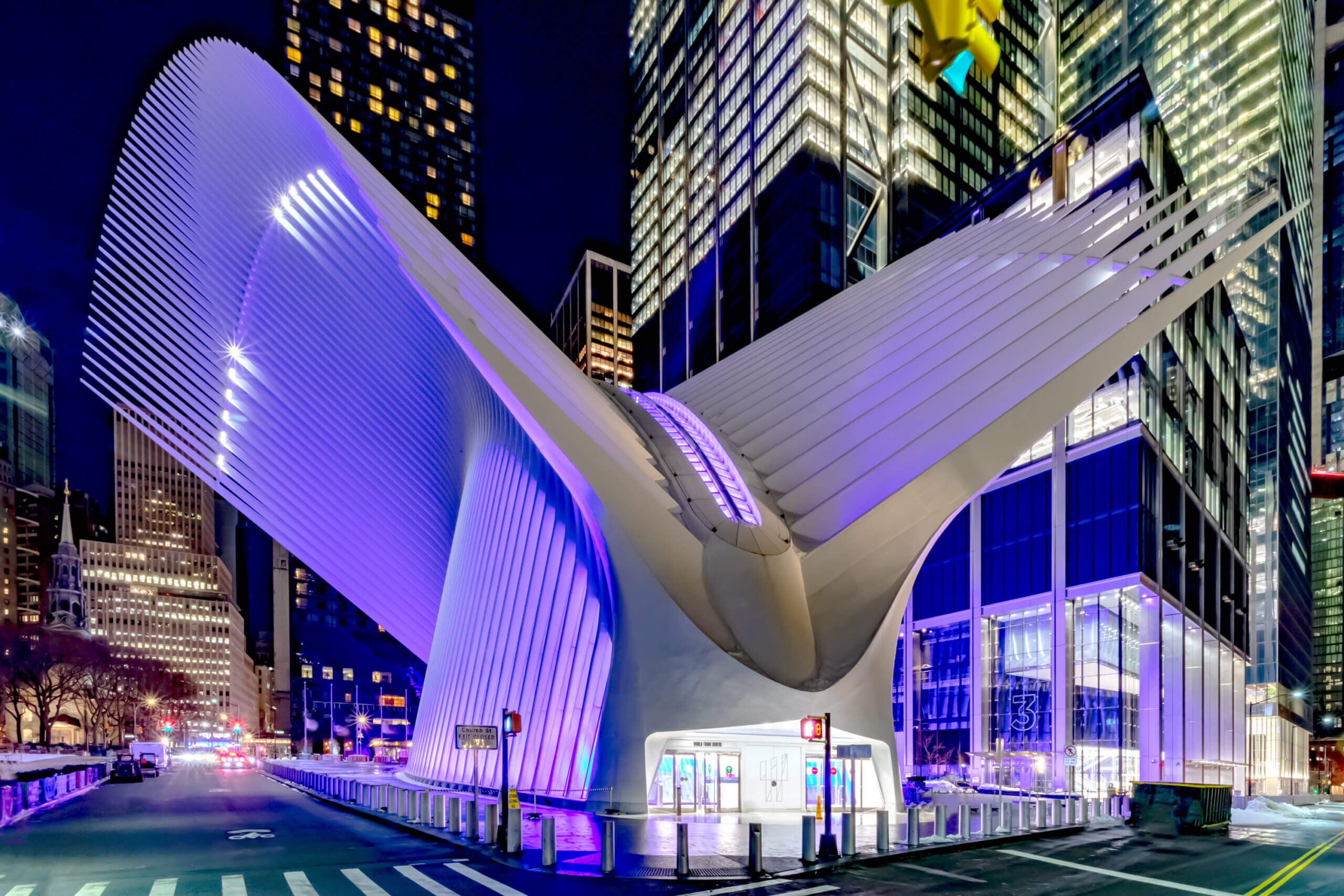Sometimes, the concept of lighting a room couldn’t seem simpler. Plug in a lamp, or put a bulb in an overhead fixture, then flip the switch. How hard was that?
Really, though, there’s way more going on than meets the eye.
Unfortunately, there can be a lot of confusion around some of the numbers, measurements, and considerations that go into a proper lighting solution. One of the most common offenders is the term “CRI”, which stands for Color Rendering Index.
What is Color Rendering Index?
Color Rendering Index is a measure of a light source to have the ability to expose the colors of visible elements most accurately in comparison with natural light.
In essence, CRI is defined by how well a given color might appear as rendered under a certain light source. The light source is then assigned its place within the index at a value between 0 and 100.
To put CRIs into an easy visual perspective, imagine a brand-new incandescent light bulb. Though often replaced by LED bulbs these days due to short life and cost, incandescents do have one feature that is a plus.
A brand new incandescent bulb will have a CRI at or near 100. That makes it equivalent to “standardized” daylight as you see color. Consider how bright a red t-shirt appears in sunlight. It is much the same under an incandescent bulb. That vivid color comes from the light source’s ability to render shades so well.
Other kinds of lighting have lower CRIs, and some of those values can get very low, indeed. Many types of fluorescent lights, for example, have a CRI in the 50-70 range, while LEDs typically start in the low 80s — and can even approach 100 with the latest LED technology.
Old metal halide lighting, on the other hand — the kind of huge canister lights you might see in an old warehouse or parking garage, often putting out weak light — have a CRI score in the 20s. That means any color rendered under that light will be a very poor imitation of the color’s true vibrancy.
Given that context, CRI can be seen as an “accuracy” score for a given light source. The closer the CRI is to 100, the more accurately a given color will appear under that light: reds will be redder, blues bluer, and so on.

What’s the Difference Between CRI and Color Temperature?
An important thing to note about CRI is that it’s a different measurement than “color temperature.” The temperature of a color is simply a measurement of the color itself. Warmer temperatures produce colors that are more amber, while cooler colors tend to fall on the blue end of the spectrum. But while we call them the “cooler” colors, the kelvin temperature is actually hotter.
When a light heats up (a higher Kelvin temperature) it gives off a bluer color. When the Kelvin temperature of a light is lower, it appears ‘warmer’ (more amber).
Think of a fire in the fireplace. The outer part of the flame, which appears red-orange, is actually the coolest part of the fire — relatively speaking, of course. The inner part of the flame, right where the wood (or gas) is combusting will have a brighter, somewhat blue-tinged look. That’s the highest temperature part of the fire.
How does CRI affect your business?
Lighted environments with higher CRIs offer several benefits to the people living, working, and even sleeping in those spaces.
Consider a restaurant. If the lights over your food are providing a low-fidelity rendering of the meal you’re about to eat, they’ll look drab, colorless, and, frankly, very unappealing.
But place the same food under lights with a high CRI, and suddenly the colors from the vegetables burst forth, and the shimmer of that juicy steak will make your mouth start to water. Any hospitality-oriented environment really requires high CRI lights in order to offer the best customer experience.
Next, consider a heavy-machinery shop. In that kind of environment, with multi-ton equipment coming and going constantly, it’s beyond vital that everyone is able to identify colors quickly and accurately. If an orange warning sign is made to look more yellow (and, thus, less likely to trigger an instinctive response in the viewer), a worker could easily cross a forbidden line and put their lives at risk.
The accuracy of color rendering even affects us beyond what we consciously see. Low CRI lights place too much emphasis on the wrong parts of the color spectrum.
Exposure to that kind of poor light can lead to an increase in eye fatigue and headaches, and can even cause problems later at night when trying to sleep. Workers under those kinds of lights can be more apt to call in sick, perform poorly, and even have cause to claim worker’s compensation for the fatigue and headaches.
CRI is important, but how do you know you’re getting the right lights?
Unlike the seemingly simplistic nature of plugging in a bulb and flipping a switch, getting lights with a good CRI for your application can be a little more complex.
For one thing, not all environments need lights with high CRI. In that case, simply going after the highest-rated lamps and fixtures could be a costly overreaction. To make sure your environment is lit properly — and accurately — it’s always best to consult with a lighting expert.
One of the top reasons to consult a trusted advisor is how fast the lighting technology continues to evolve. There are so many products out on the market, but who can you trust to get you the right solution?
Illustrating how quickly lighting technology has changed, the below chart is 5 years old. It was accurate in 2015, but the lumens output, available wattage, and cost have improved greatly since this chart was released. This means the energy efficiency of LEDs today are even greater over incandescent and fluorescent than they were 5 years ago.
A lighting professional will perform a lighting audit for your environment. This series of measurements will catalog the performance of your current lighting solution, while also providing objective goals for an improved solution.
Your trusted advisor will understand the different applications for the various spaces within your environment, and will then be able to recommend the right types of lighting for the right spaces.
CRI and a Trusted advisor
Considering all the benefits that come from high CRI lights — including better customer experiences, and safer working environments — as well as how cost-effective high CRI LED lights are, it makes sense to take a moment to consider your own lights.
Considerations about CRI, along with a dozen other factors, go into every lighting solution FSG designs, installs, and maintains. These are the details that make the difference between lights that merely do their job, and lights that actually make your organization a better place to work and do business.
For a trusted advisor in lighting who can guide you through every step of creating the right solution for your business, give FSG a call today at (512) 886-1258.




















